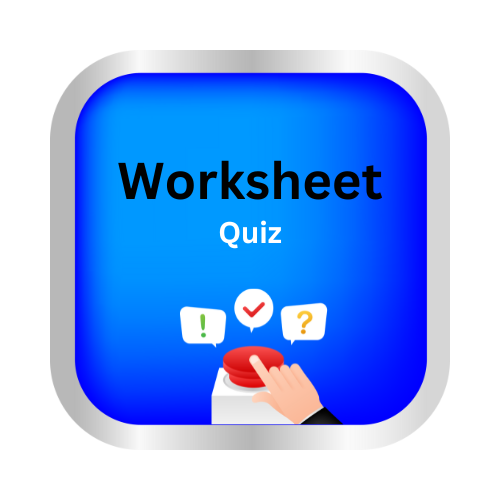Identify plurals, singular possessives, and plural possessives
Design by Delta publications
Key Notes :
| Plurals (More than one) 👥 |
- Definition: A plural noun shows that there is more than one person, place, or thing.
- How to form:
- ➕ Add -s → cat → cats 🐱 → 🐱🐱
- ➕ Add -es → bus → buses 🚌 → 🚌🚌
- Change spelling → child → children 👶 → 👶👶
👉 Example:
- Singular: book 📖
- Plural: books 📚
| Singular Possessives (One owns something) 👤➕📦 |
- Definition: Shows that one person/thing owns something.
- Rule: Add ’s to the singular noun.
👉 Example:
- The girl’s doll 👧🪆 (the doll belongs to one girl).
- The dog’s bone 🐕🦴 (the bone belongs to one dog).
| Plural Possessives (More than one owns something) 👥➕📦 |
- Definition: Shows that many people/things own something.
- Rules:
- If plural already ends in -s, add only ’.
- The dogs’ toys 🐶🐶🧸 (toys belong to many dogs).
- If plural does not end in -s, add ’s.
- The children’s books 👶👶📚 (books belong to many children).
- If plural already ends in -s, add only ’.
| Quick Tips 🌈 |
✅ Plural → more than one (no ownership) 👥
✅ Singular possessive → one owns something 👤➕📦
✅ Plural possessive → many own something 👥➕📦
| Examples for Practice 📝 |
- The boy’s cap 🧢 (singular possessive – one boy)
- The boys’ caps 🧢🧢 (plural possessive – many boys)
- The caps 🧢 (plural – just more than one, no ownership)
Let’s practice!✒️

